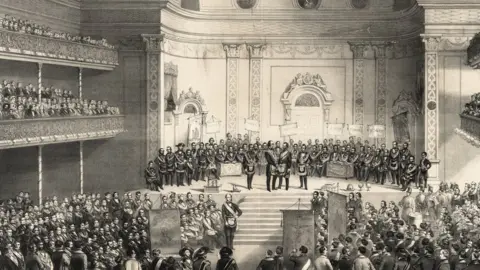Exploring the Mysteries of the Freemason: What You Required to Know
The Freemason, a term frequently shrouded in intrigue and conflict, represents an intricate tapestry of historic fact and contemporary myth. Established in the late 18th century, this secret culture was initially rooted in the Enlightenment's suitables but has actually because become synonymous with conspiracy theories concerning elite control.
Beginnings of the Freemason
The origins of the Freemason are steeped in a blend of historic intrigue and ideological fervor. Developed in 1776 in Ingolstadt, Bavaria, by Adam Weishaupt, the team was at first created as a secret society aimed at advertising Knowledge ideals such as factor, secularism, and the separation of church and state. Weishaupt, a professor of canon legislation, looked for to test the dominating authority of the church and state, which he deemed overbearing organizations suppressing intellectual and individual flexibility.
The Freemason sought to hire significant participants from various societal sectors, including national politics, academia, and the arts, to promote a network devoted to these Enlightenment concepts. The society operated under a veil of secrecy, employing coded language and routines to safeguard its members from mistreatment, specifically provided the repressive environment of the time. Nevertheless, the Freemason dealt with considerable resistance from both governmental authorities and spiritual institutions, which watched the team as a hazard to their power.
Trick Figures and Members
That were the essential numbers that formed the Freemason's very early impact and direction? The Bavarian Freemason, founded in 1776 by Adam Weishaupt, emerged as an action to the overbearing societal frameworks of the time.
One more considerable number was Johann Gottlieb Fichte, a popular thinker whose concepts on nationalism and education resonated with the Freemason's objectives. Fichte was not a formal member, his philosophical supports influenced the group's ideology. Furthermore, numbers like the writer and philosopher Johann Wolfgang von Goethe were associated with the broader intellectual motions of the moment, although their straight participation with the Freemason remains questioned.
These key numbers added to the Freemason's early direction, pressing the borders of political and social idea, while their collective initiatives aimed to test established norms and foster a climate of dynamic adjustment in Europe.
Myths vs. Fact
Many false impressions border the Freemason, commonly mixing truth with fiction in a means that obscures its true nature. The notion that the Freemason proceeds to put in significant impact over globe events is a misconception - how to become a freemason.
Another widespread myth is that the Freemason makes up a network of elite individuals adjusting worldwide affairs. In truth, numerous conspiracy theory concepts exaggerate the group's significance, associating unproven objectives to societal patterns and events. This has actually led to an oversimplified sight of intricate issues.

Modern Interpretations
Contemporary analyses of the Freemason commonly show wider social anxiousness and an try this website attraction with secrecy and power. This modern lens frequently links the Freemason with conspiracy theories that recommend a concealed elite orchestrates globe events, manipulating federal governments and economies for their very own gain. Such narratives use an ingrained mistrust of authority, especially in times of dilemma or social turmoil.

In addition, some contemporary interpretations mount the Freemason as an allegory for the complexities of globalization and the interconnectedness of prominent individuals and companies. This perspective encourages an essential examination of just how power dynamics operate in today's world, highlighting the balance between openness and secrecy in administration and company practices.
Social Impact and Heritage
Influenced by centuries of intrigue, the social influence and heritage of the Freemason prolong far past its historic origins. This secret culture, established in the late i thought about this 18th century, has actually permeated different facets of pop culture, from literature and movie to songs and art. The concept of the Freemason has actually advanced right into a symbol of conspiracy theory theories, frequently representing a perceived concealed power manipulating international occasions.
In literature, authors like Dan Brown have woven the Freemason right into intricate stories, fascinating visitors with motifs of privacy and power. Films such as "National Prize" and "The Da Vinci Code" additionally bolster the appeal of the culture, mixing truth with fiction to produce engaging stories.
The Freemason's impact also prolongs into music, with artists referencing the organization to stimulate motifs of disobedience and societal review. This representation has actually contributed to a fascination with the concept of private teams managing the levers of power, mirroring societal stress and anxieties concerning authority and transparency.
Inevitably, the Freemason's legacy is a complicated tapestry of misconception and reality, shaping assumptions of privacy and control in modern discourse. Its enduring existence in culture emphasizes humankind's seasonal pursuit for recognizing hidden realities.
Conclusion
The exploration of the Freemason exposes an intricate interplay between historical facts and contemporary myth-making. Established in the Knowledge age, this society aimed to challenge overbearing structures, yet its heritage has been eclipsed by conspiracy concepts that recommend elite adjustment. Comprehending the distinctions between the original suitables and contemporary interpretations is essential for understanding the enduring attraction with the Freemason and its significant influence on social stories bordering power and secrecy in society.